Can Modi and BJP Conquer Jammu and Kashmir?
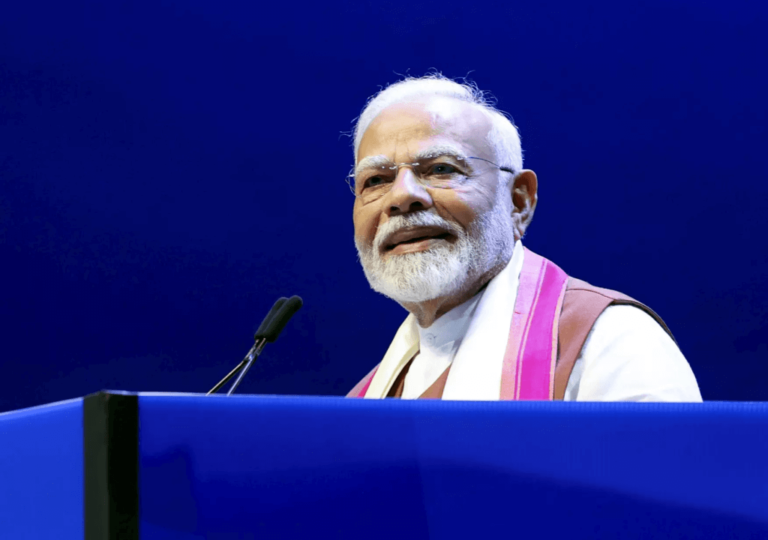
The BJP is fighting hard in the ongoing Jammu and Kashmir assembly elections, confident of securing a majority government this time

The BJP is fighting hard in the ongoing Jammu and Kashmir assembly elections, confident of securing a majority government this time
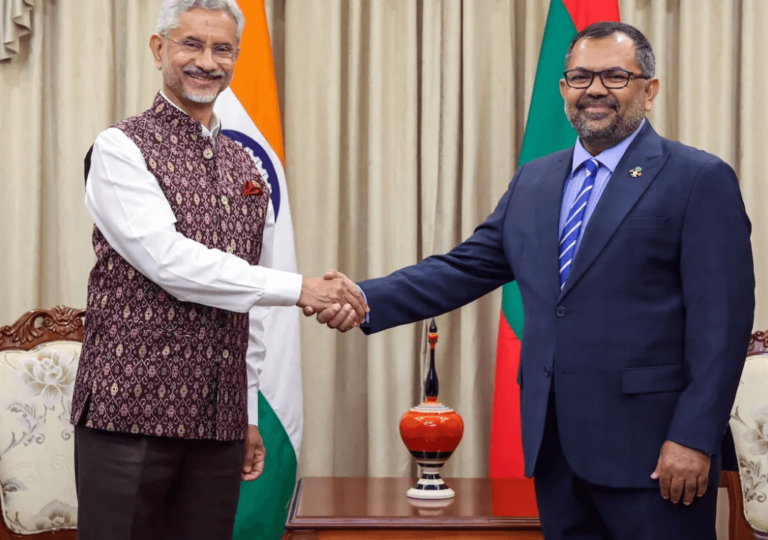
Maldives seeks to repair ties with India amid economic crisis, shifting from an "India Out" stance to diplomatic engagement
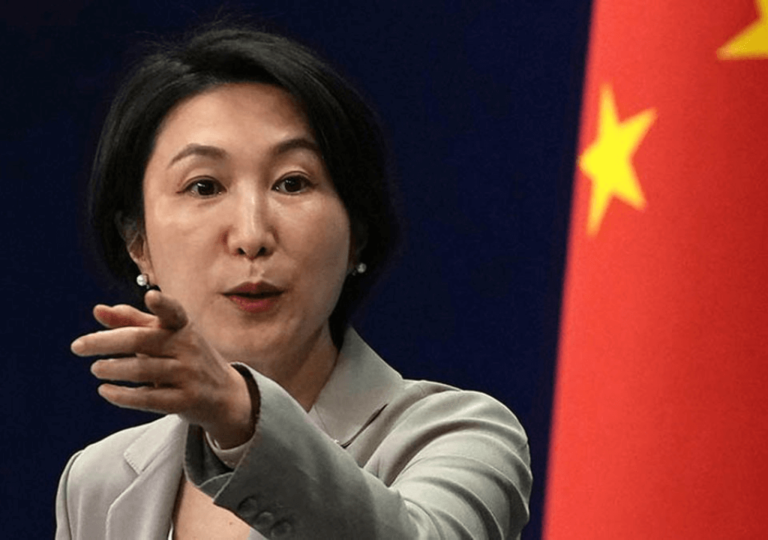
China and India face strained relations, primarily due to territorial disputes stemming from Tibet's annexation by China
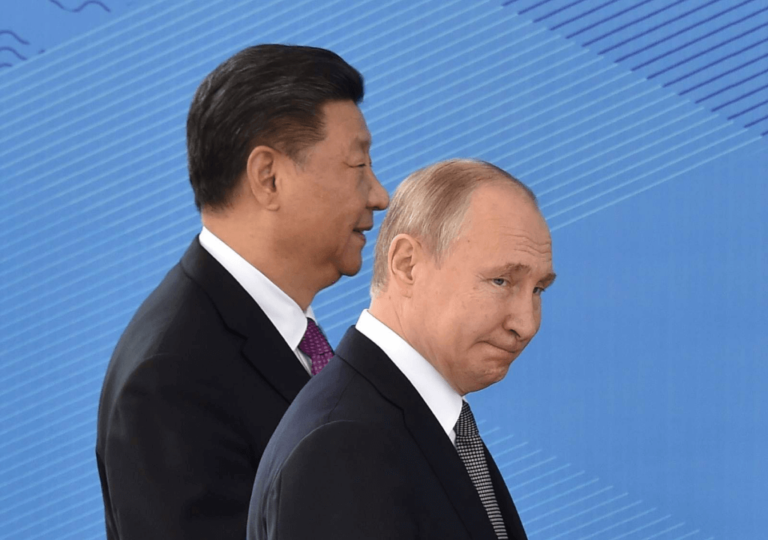
Putin seeks mediation from China and India as the Russia-Ukraine war reaches a stalemate, complicating peace efforts
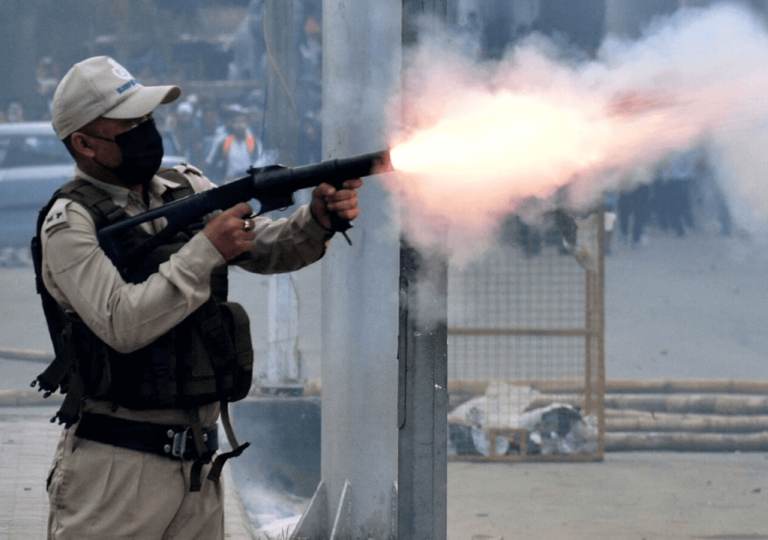
Ethnic clashes in India's northeast, rooted in generational tribal animosities, have escalated into a civil war-like situation in Manipur
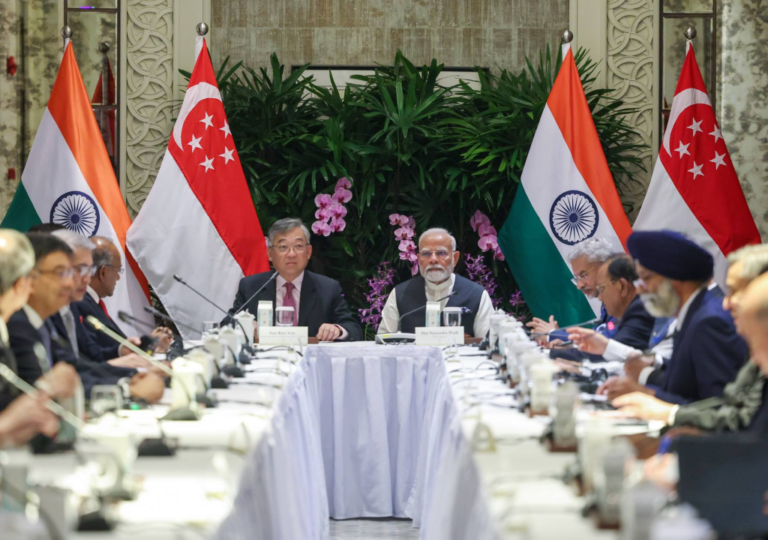
Singapore strengthens ties with India, signing agreements on semiconductor cooperation and exploring collaboration in technology and green energy
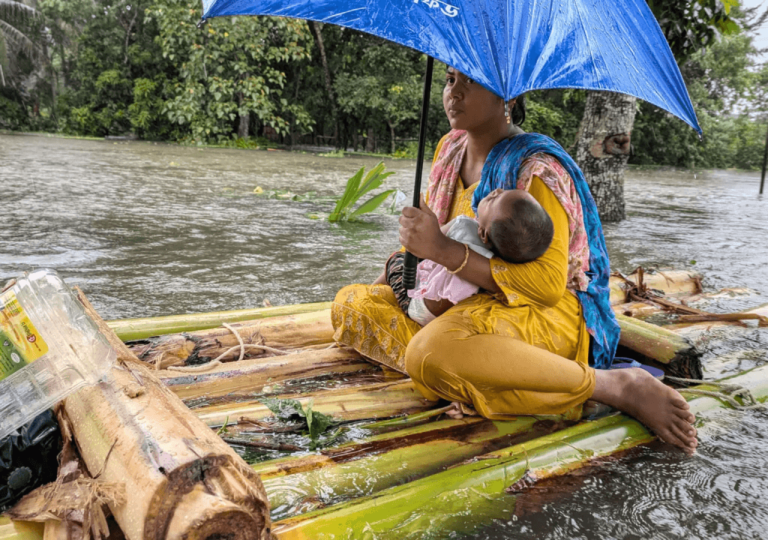
Bangladesh grappling with massive flood affecting over 5 million amid political uncertainties and strained relations with India
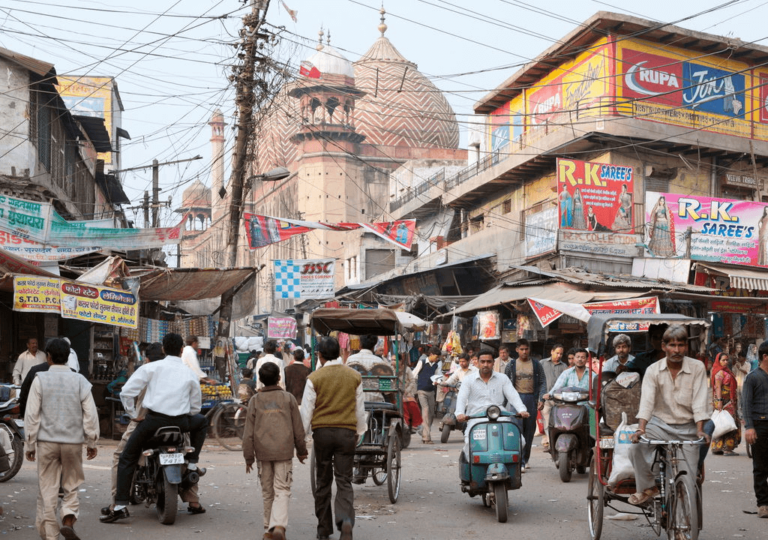
Uttar Pradesh, India's most populous state, faces significant governance challenges due to its large population and size
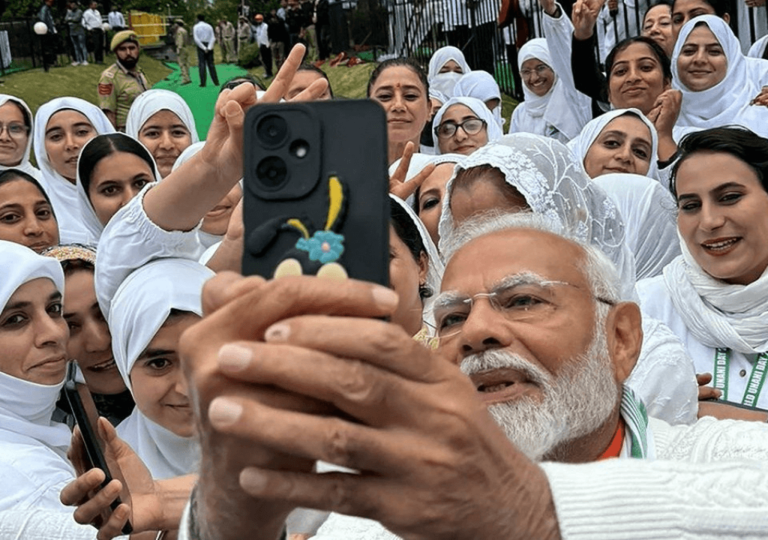
Jammu and Kashmir's upcoming elections are crucial, with significant implications for regional stability and governance
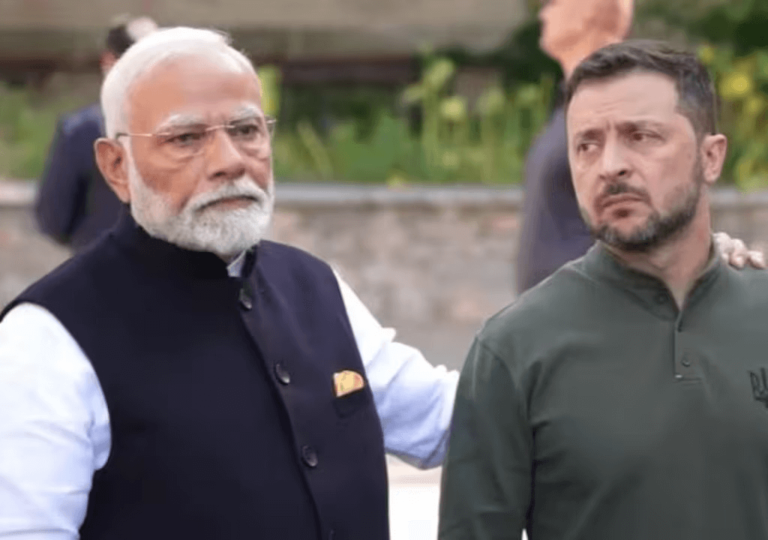
Modi's visit to Ukraine marks a historic moment, emphasizing India's support for Ukraine amid ongoing conflict with Russia